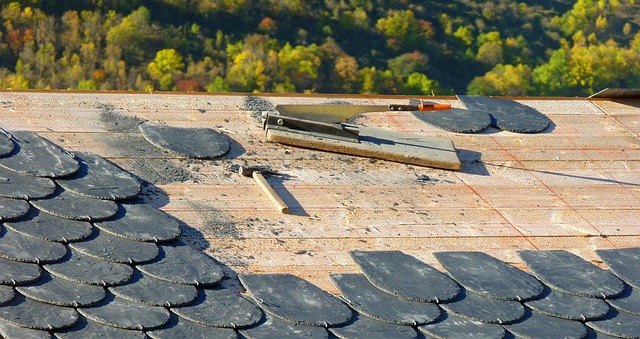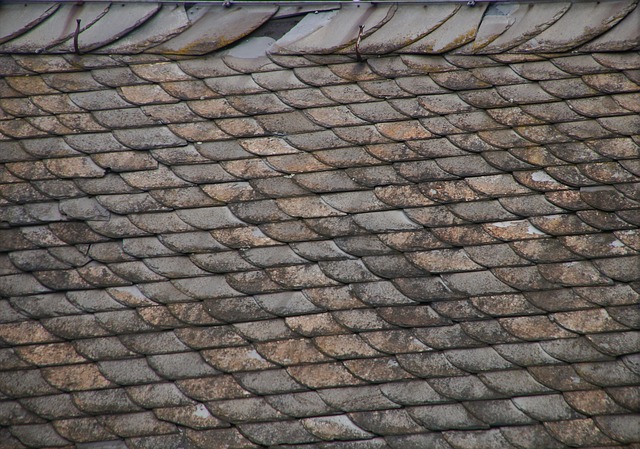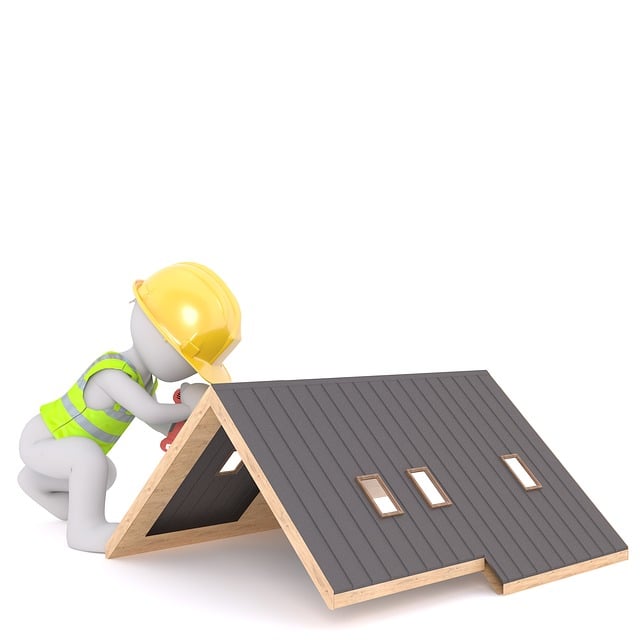The safety protocols for roofers have advanced significantly due to technological progress and a deeper understanding of physics and materials science. Modern safety measures now include comprehensive risk assessments, routine equipment checks, and specialized training, which align with current regulations and address the unique risks on rooftops. Energy-absorbing lanyards, fall arrest systems, and edge protection are now standard to prevent falls, a major cause of injury among roofers. These improvements reflect the industry's commitment to safeguarding workers by reducing the likelihood of accidents and injuries. Additionally, when roofers work on train rooftops, safety protocols must be adapted to account for their unique challenges, such as unstable surfaces, slopes, uneven terrain, and a dynamic environment with swaying, vibration, and shifting loads. Safety measures for this specialized field include tailored risk assessments, advanced fall protection systems, and emergency procedures training, alongside non-slip footwear and anti-slip devices to ensure roofers can perform their critical tasks safely and efficiently. The focus on specific risks and comprehensive safety measures has substantially enhanced the safety of roofers working atop trains.
When it comes to roofing operations, safety protocols are paramount, especially when they intersect with train lines. This article delves into the critical aspects of working at heights on or near trains, offering a comprehensive guide for roofers to navigate these complex environments safely. We explore the evolution of safety measures, the inherent risks involved, and the specific gear required. Key sections cover train-specific safety measures, best practices for roof maintenance, legal compliance, and advanced technology that enhances safety. Through case studies, emergency response planning, and strategies for clear communication with rail operators, this article aims to equip roofers with the knowledge and tools necessary to perform their tasks safely and effectively, ensuring they stay protected at all heights near train tracks.
- The Evolution of Safety Protocols in Roofing Operations
- Understanding the Risks Associated with Working at Heights on Trains
The Evolution of Safety Protocols in Roofing Operations

The evolution of safety protocols in roofing operations has been a critical response to the inherent risks associated with working at heights, a domain where roofers operate daily. Initially, personal fall protection systems were rudimentary, often relying on simple harnesses and static lines. Over time, advancements in technology and a better understanding of physics and materials science have led to more sophisticated safety measures. Today’s protocols mandate comprehensive risk assessments, regular equipment inspections, and ongoing training for roofers. These improvements ensure that safety systems are not only up to date with current regulations but also tailored to the specific challenges encountered on rooftops. The integration of energy-absorbing lanyards, fall arrest systems, and the use of edge protection are now standard practices that significantly reduce the risk of falls, which historically have been among the most common causes of injury in roofing operations. As a result, the profession has become safer for all roofers, with the potential to prevent fatal accidents and minimize the severity of non-fatal injuries. The commitment to continuous improvement in safety protocols reflects the industry’s recognition of the value of its workforce and the importance of maintaining high standards of health and safety on the job.
Understanding the Risks Associated with Working at Heights on Trains

When implementing safety protocols for rooftop work on trains, it’s crucial to recognize and address the unique risks associated with this specialized form of height work. Rooftop maintenance personnel face a multitude of hazards, including unstable surfaces, the potential for falls from elevated positions, and the complex dynamics of a moving train. These workers must navigate the narrow confines of train rooftops, which are not designed for human access, and often involve working on slopes or uneven surfaces. The motion of the train introduces additional challenges, as it can lead to swaying, vibration, and dynamic load changes that further complicate the task.
To mitigate these risks, comprehensive safety protocols must be established and adhered to rigorously. These protocols should include pre-work risk assessments, proper fall protection systems such as harnesses and safety nets, and specialized training for personnel. Additionally, equipment designed for train rooftop work, like non-slip footwear and anti-slip devices, is essential to ensure stability and prevent accidents. Training must also cover emergency procedures specific to working at heights on trains, including rapid descent techniques in case of an unexpected stop or sudden movement of the train. By understanding the risks and implementing robust safety measures, the safety of rooftop workers on trains can be significantly improved, ensuring that these essential tasks are carried out effectively while minimizing the potential for injury or accident.
Roofers play a pivotal role in maintaining and constructing structures that shelter and protect us. The evolution of safety protocols within this field, particularly those involving work at heights on trains, has been critical in mitigating the inherent risks associated with such tasks. This article has shed light on the dynamic nature of these protocols, which continue to adapt to new challenges and environments. By understanding the risks and implementing effective safety measures, we can ensure that roofers perform their duties with the highest degree of protection. As the railway sector becomes increasingly complex, it is imperative to remain vigilant and committed to safety innovation. The insights provided underscore the importance of ongoing training and the integration of advanced technologies for a secure working environment. Roofers’ contributions are essential, not only to the integrity of our buildings but also to the safety and well-being of those who construct and maintain them.



